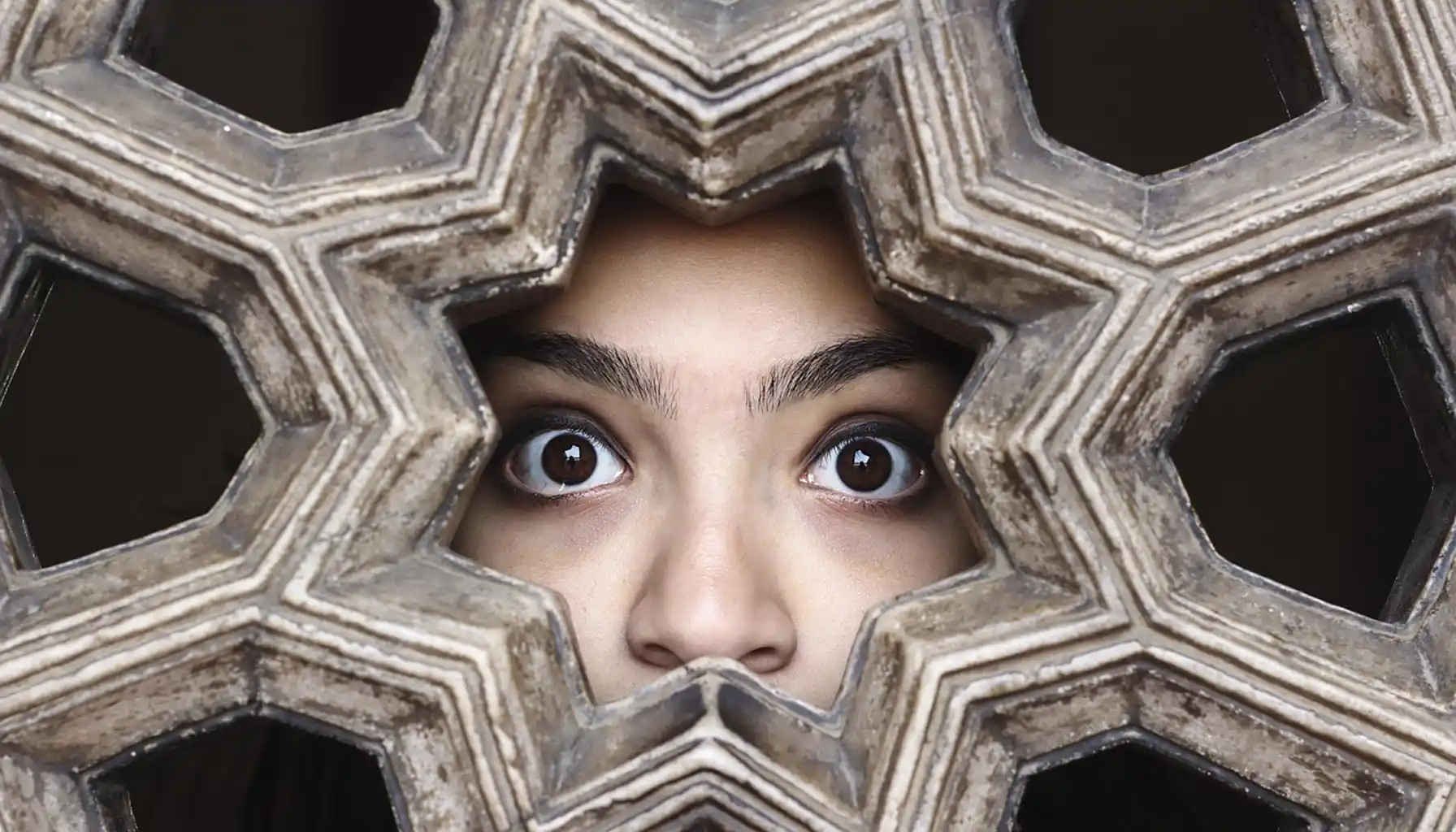Contents:
Ailurophobia — also known as elurophobia — is a specific phobia that makes people feel an intense and often irrational fear of cats. For people with this condition, just a glimpse of an animal or hearing its sound is enough to experience a sudden surge of anxiety. Some completely avoid walks, visiting friends with pets, or even watching movies where cats appear. In severe cases, people limit leaving the house.
The word itself comes from the Greek ailouros ("cat") and phobia ("fear"). So, what is a fear of cats called in different contexts? In everyday life, synonyms are found: felinophobia and gatophobia. Despite the rarity of the term, the condition itself is relatively common and can seriously reduce the quality of life.
Grasping its nature helps both with spotting the phobia and finding the right therapy. Cognitive practices, including cognitive games, which improve attention and reduce stress, help as supportive tools.

What is The Fear of Cats?
It’s a powerful, exaggerated reaction to the presence of cats, even when no real danger exists. Unlike ordinary hostility, a phobia forces a person to restructure their life, avoiding any contact with animals.
The condition, which is called phobia of cats in reference sources, is expressed through:
avoiding visits to friends with pets;
refusal to walk in places where cats may be;
panic response to images and videos;
constant tension in anticipation of encountering a cat.
Symptoms of Elurophobia
Emotional Symptoms
The emotional symptoms of ailurophobia go far beyond simple anxiety. People describe:
obsessive thoughts about cats that keep recurring;
panic at the sight of even a harmless kitten;
fear of places where “there might be a cat,” even if the probability is minimal;
a feeling of loss of control;
difficulty concentrating: thoughts keep returning to a potential encounter with an animal;
increased irritability and fatigue due to constant tension.
Physical Symptoms
The body's physical reaction is often as intense as the emotional one. Possible symptoms include:
rapid heartbeat, trembling, and sweating;
shortness of breath and dizziness, as if the body is preparing to "run or defend itself";
nausea or even vomiting in an acute episode;
sudden muscle tension and tremors, as if the body is frozen in anticipation of danger;
a feeling of a "lump in the throat" and difficulty speaking during panic;
sudden attacks of weakness, similar to a near-fainting state.
Many people experience sleep disorders against the background of constant stress: night awakenings, nightmares, and, over time, persistent insomnia develops, which further undermines the general condition of the body.
Historical Roots of The Fear of Cats

The attitude towards cats has always been ambivalent. In some cultures, they were considered almost sacred: for example, in Ancient Egypt, a cat could be mummified and buried next to its owner, and killing an animal was considered a serious crime. People believed that these graceful creatures had a bit of the divine.
In Europe in the Middle Ages, the view was completely different. There, cats, especially black ones, began to be associated with darkness and witchcraft. It was believed that they helped witches or even were their 'guise'. Because of this, animals were destroyed along with women who were accused of magic.
For centuries, such myths were handed down, leaving a lasting imprint on how society views cats. This is why many people still have a wariness toward cats, and for some people, these myths turn into a real irrational fear.
Causes and Risk Factors
Traumatic Experiences
Most often, ailurophobia develops after a specific event: a bite, a scratch, or a sudden attack. Even a small incident can leave a lasting imprint on a child's memory and reinforce the image of a cat as a source of danger. In adulthood, such an experience often resurfaces in the form of flashbacks or increased alertness.
Some people develop a phobia after witnessing someone else's experience: for example, when a cat attacked a relative or friend. Such episodes become a starting point, after which any encounter with an animal causes fear.
Family Influences
The family environment plays a huge role in shaping attitudes towards animals. If a child hears from his parents since childhood that cats are dangerous or capable of causing harm, the child gradually learns this fear as normal. Even without personal experience of meeting an animal, regular warnings like “don’t touch it — it will scratch you” or “stay away — it can strangle you in your sleep” are enough to create a persistent mistrust.
Fear can also become ingrained if a child sees adults tensing up or trying to stay away from cats every time. This behavior pattern is imitated. Over time, such attitudes become so strong that any encounter with an animal triggers an automatic panic reaction. In some cases, this develops into a persistent fear of black cats, which persists into adulthood.
Genetic Predisposition
Scientists note that a predisposition to ailurophobia can be inherited. If there are already anxiety disorders in the family, the likelihood of developing a phobia is higher. That’s linked to the way certain genes shape the body’s stress response and influence the balance of mood-regulating neurotransmitters.
Some people are born with a more active threat detection system: their brain registers potentially dangerous stimuli faster and retains internal tension longer. Such increased sensitivity of the nervous system does not cause fear in itself, but creates a "background" against which any negative event, for example, an incident with a cat — is fixed more firmly and for a long time.
Genetic predisposition affects how the body recovers from stress. In some people, anxiety quickly decreases, while in others it lingers, turning into a persistent state. This is the reason some people eventually let go of a frightening encounter, while for others it turns into a fixed phobia.
Triggers of The Fear of Cats

Typical triggers include:
meeting an animal on the street;
visits to a house where a cat lives;
images and videos on the Internet;
sounds — meowing, hissing, purring.
Gradually, avoidance spreads into more areas of life. This limits social contacts and can manifest in the form of the major signs of depression, especially if a person feels that their phobia interferes with work and friendships.
How to Overcome Fear of Cats
The most effective methods of therapy are:
Exposure therapy — gradual habituation: from photographs and toys to safe contact with a real animal. The method reduces anxiety and restores a sense of control.
Cognitive Behavioral Therapy — working with beliefs (“any cat is dangerous”), replacing them with more realistic thoughts and building self-help skills.
Hypnotherapy — deep relaxation techniques that help reframe subconscious reactions.
Medication — medications can temporarily reduce acute symptoms, but don’t eliminate the root of the problem.
Yoga and meditation — supportive practices for reducing stress and preventing panic attacks.
As an additional option, you can consider apps like Mind Elevate, which have exercises to train attention and memory — it helps you distract yourself and occupy your mind with useful activities.
Diagnosis and Evaluation
Diagnosis includes a conversation with a psychotherapist and an assessment of symptoms. Fear is classified as a phobia if it:
is manifested by the thought or sight of a cat;
lasts at least six months;
leads to avoidance of places and people;
is accompanied by panic out of proportion to the actual threat;
interferes with social and professional life.
The goal of diagnosis is not only to confirm ailurophobia, but also to identify its comorbidity with other disorders, such as panic, generalized anxiety, or even genetic anxiety, which can increase vulnerability to phobic reactions.
Complications of Elurophobia
If a fear of cats phobia is left untreated, it can have serious consequences:
social isolation;
panic attacks, which are sometimes mistaken for heart attacks;
chronic tension and fatigue;
reduced quality of life and lack of joy in everyday life.
Moving Forward With Support

Although the fear of cats may seem insurmountable, modern approaches show otherwise. A phobia is not a life sentence, but a condition that can be overcome step by step. The main thing is to seek help in time and not be left alone with the problem.





